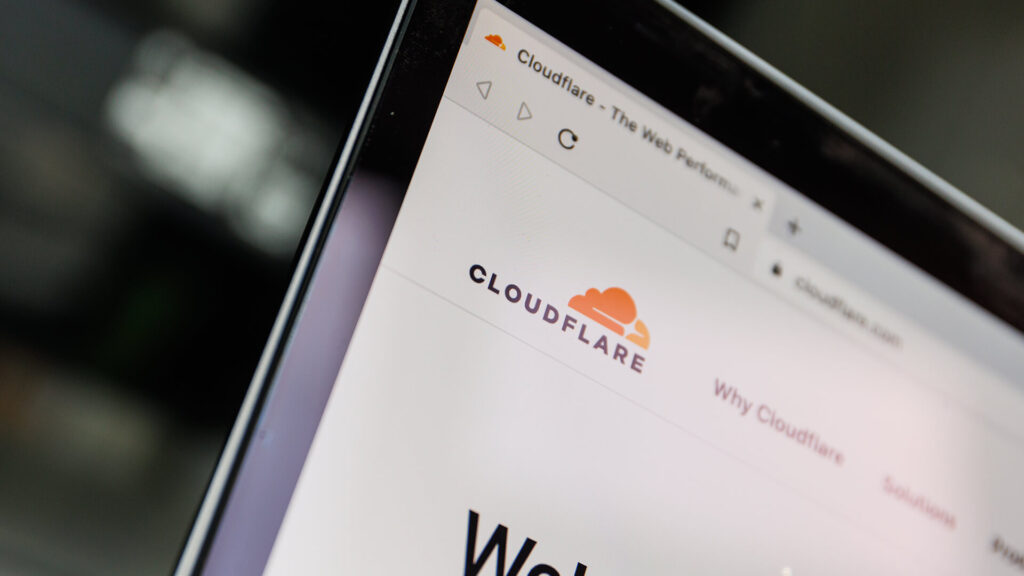Digital advertising has become a vital component of marketing strategies for businesses. A key metric used to gauge the effectiveness of digital advertising campaigns is the conversion rate. Understanding what constitutes a good conversion rate is essential for you aiming to optimise your campaigns and achieve meaningful results.
What is a Conversion Rate?
In the context of digital advertising, a conversion rate refers to the percentage of website visitors who take a desired action, such as making a purchase, filling out a form, subscribing to a newsletter, or downloading an e-book. It indicates the effectiveness of the advertising campaign in driving users to complete a specific goal or desired outcome. A higher conversion rate signifies better campaign performance, while a lower rate may indicate the need for improvements.
Factors Influencing Conversion Rates:
1. Target Audience: The characteristics and preferences of the target audience play a significant role in determining the conversion rate. Understanding the audience’s needs, motivations, and pain points allows marketers to create tailored campaigns that resonate with them, leading to higher conversion rates.
2. Ad Relevance and Creatives: The relevance of the ad content to the target audience’s interests and needs greatly impacts conversion rates. Compelling creatives, including attention-grabbing visuals, persuasive copy, and clear calls to action, can significantly influence users’ decision-making and encourage conversions.
3. Landing Page Experience: The design and usability of the landing page where users are directed after clicking on an ad are crucial factors. A well-designed, user-friendly landing page that aligns with the ad’s messaging and provides a seamless experience can boost conversion rates. Conversely, a confusing or poorly optimised landing page may lead to user drop-offs and lower conversion rates.
4. Offer and Incentives: The value proposition and incentives offered to users can influence their likelihood of converting. Attractive offers, discounts, free trials, or exclusive content can entice users to take the desired action, improving conversion rates.
What Constitutes a Good Conversion Rate?
The benchmark for a good conversion rate varies across industries, campaign objectives, and advertising channels. It’s important to note that conversion rates can be influenced by factors such as the complexity of the desired action, the price point of the product or service, and the overall competitiveness of the market. A good conversion rate for one campaign or industry may not be the same for another.
While there is no universal standard, a general rule of thumb is that a conversion rate above 2% is considered good. However, depending on the industry and campaign goals, higher conversion rates may be attainable and should be the target for ambitious marketers. Top-performing campaigns in certain industries have achieved conversion rates as high as 10% or more, demonstrating the potential for exceptional results.
It’s important to monitor and analyse conversion rates over time, comparing them against industry benchmarks and past campaign performances. This enables marketers to identify trends, make data-driven optimisations, and continuously improve conversion rates.









